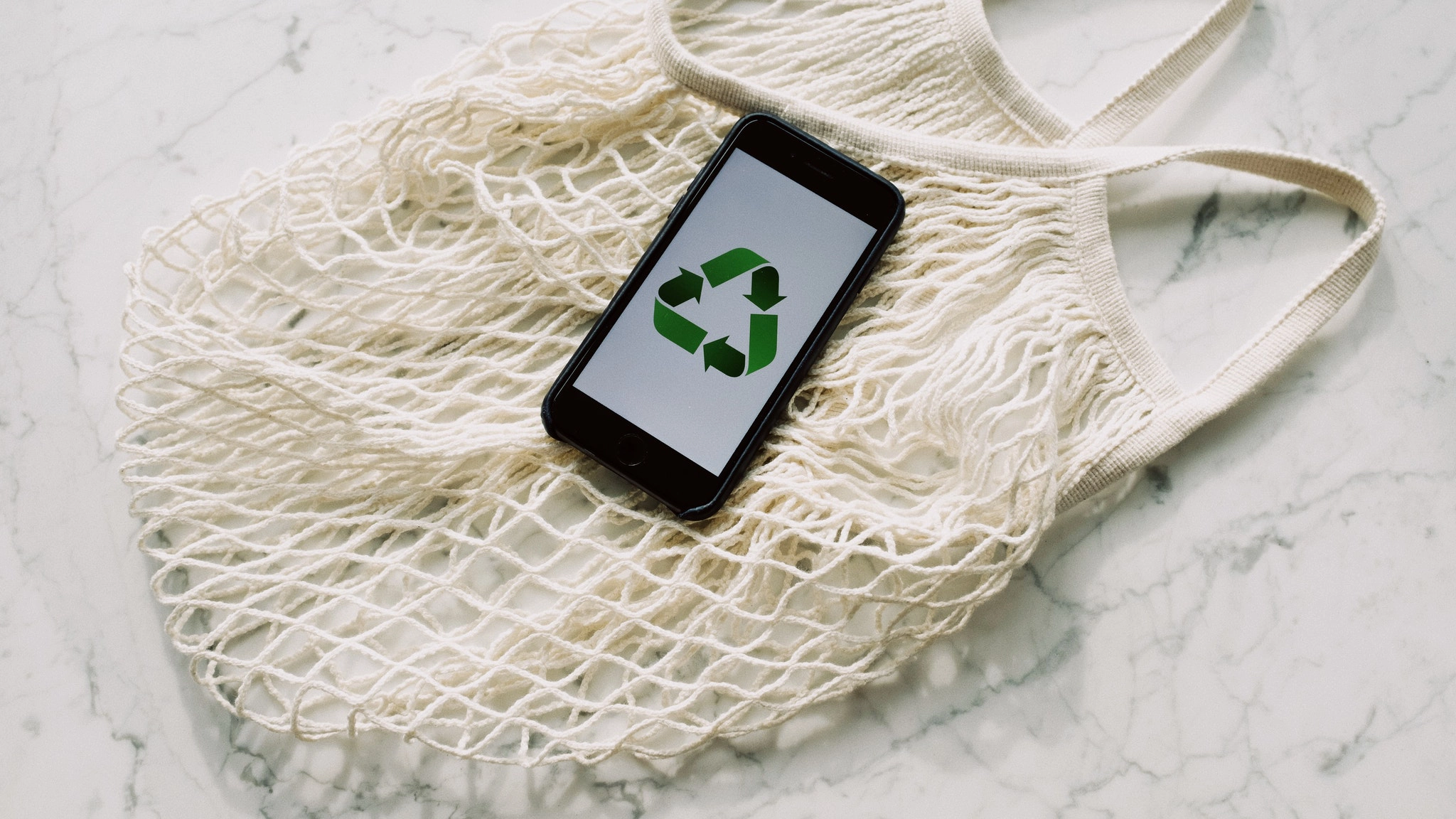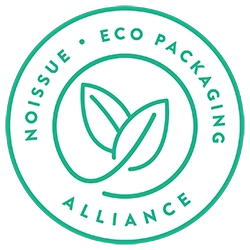Rice straws + 10 more tips to go green

Becoming eco-friendly isn’t something that happens overnight. It’s partly because there’s no way to be completely eco-friendly. It’s kind of a relative term. What it requires is little steps taken towards achieving a single goal – or you could make it two goals, namely, simplifying your life and reducing your impact on the environment. In today’s blog, the team at Flewid Friendly will take you over ways to become more eco-friendly. It’s been a while since we did a list article, so we figured why not now? Of course, your favorite rice straws (currently sold out) will make an appearance!
Going green – starting at home
Kindness begins at home, and so does eco-friendliness! For nearly all of these tips, we’ll be focusing on things you can do to make your household more eco-friendly. After all, it’s where the majority of your family members spend the majority of their time, so it makes sense. Sit back with your favorite beverage and one of our delightful rice straws, and read through this article – and then read it again!
1. Use a handkerchief instead of tissues
Let’s dive straight in with one that’s possibly a little gross. After all, we’re all adults here – we can handle this. Instead of using paper tissues that you throw away after a single use and can’t really carry with you, use a cloth handkerchief. You can get them in different sizes, fabrics and designs, and depending on how dirty they are you can either hand-wash them or throw them in the washing machine. They’re great for wiping your hands, sweat, using as a makeshift coaster or seat, and for lots of other purposes.
2. Use reusable menstrual products
Another one that’s a little gross, simply because the subject is somewhat taboo. This one’s for the ladies. For a zero-waste, more comfortable period, switch to reusable menstrual products. This includes pads, menstrual cups, rings and more. Each product is suitable for different purposes – rings are ideal for those who have a low cervix, or who plan on being intimate during their period. Cups are a one-size-fits-all, so to speak. Pads are great for those who are worried about leakage, and don’t mind washing cloth pads.
3. Get a bidet
Toilet paper is cheap and convenient, but once you switch to water you’ll never go back. A bidet leaves you feeling clean and fresh, and all the little issues that people mention have easy fixes. The water bill is negligible, the product is easy to install, and you’ll find more tips and tricks online that solve problems in an eco-friendly way. Not only will you save trees from being cut down, but you’ll also reduce the amount of emissions caused due to shipping and packaging.
4. Use a cloth rag to wipe down counters
Paper towels are super easy to grab and feel clean, but wait till you hear the arguments in favor of switching to rags! First off, you don’t have to buy anything for cleanup – you just use old clothes. Second, you get to reuse your old clothes instead of having to throw them away or donate them. Third, you can wash and reuse them for years. You can use old clothes as makeshift towels, to clean up messes, to wipe down furniture, and for much more! And once you’re done, just throw it in the washer. You can get a lot of these out of a single piece of clothing or something like a bedsheet.
5. Use rice straws
Instead of using plastic straws, when drinking something that you don’t want in contact with your teeth, just use an edible straw like the ones we sell. Flewid Friendly’s edible rice straws are completely ocean-safe and biodegradable (including the packaging). Our straws are made of rice and cassava flour, and are currently undergoing a major design process that’ll make the packaging a lot better! Stay tuned, and get your hands on a box of the brand-new design when it’s out. We’ll share the news on the blog, so you’ll be the first to know.
6. Avoid buying clothing containing plastic
Fast fashion is terrible for the environment, because a lot of these clothes are of poor quality and go out of fashion quickly. In addition, they often contain plastic. From My Plastic-free Life: “So much new clothing these days is made from synthetic materials with names like: polyester, acrylic, lycra, spandex, nylon. In other words, plastic fabric. And all synthetic fabrics create microfiber pollution when laundered. When buying new clothes, I look for organic cotton, hemp, ethically-raised wool, and other natural fibers. I avoid conventional cotton because of pesticides used to grow it. Sometimes the best place to find these materials is online. One of my favorite sources is Hempest.com. Just be sure and request no plastic packaging when placing your order.”
7. Consider plastic-free camping gear
If you enjoy camping, you’ve probably noticed that most (if not all) camping gear seems to have some amount of plastic in it. From tents to plates, water bottles and more, everything seems to contain plastic. If you’re trying to cut down on the amount of plastic you purchase, you can try getting a tent made of fabric, cots made with metal and canvas (they’re pretty cozy!), metal bottles, stainless steel cookware that comes in a cloth bag, and more. And of course, don’t forget to take our rice straws along, so you don’t have to use plastic ones!
8. Buy things in bulk
When you get little bottles of lotion, handwash, etc., you’re unknowingly contributing a little more to the plastic problem. So, think twice the next time you think about getting a sample of a new product, or before buying something travel-sized. When you buy something in bulk there’s still going to be a fair amount of plastic used in wrapping pallets and in sealing the product and other processes, but you do cut down a little on the plastic (and emissions).
9. Bring your own cup to parties
BYOB is super popular, but BYOC should be, too. And perhaps “Bring Your Own Straw” as well! Get a reusable cup that you can use for drinks – whether it’s a hot beverage, or a nice cold beer at your friend’s party. You can find collapsible reusable cups online that collapse into a tiny little disc, and are super easy to tuck into your purse. Couple it with a reusable cup lid and/or straw, and you’ve got yourself a winner!
10. Buy second-hand electronics
Everyone knows the saying “They don’t make ‘em like they used to”, and most of us also agree that it’s true. So when buying electronics, give it a try. Buy something that’s old but in good shape. It’ll likely last for longer, have a much smaller carbon footprint, and have less plastic. In addition, some old-timey electronics are quite charming, so it might add quaint charm to your kitchen or bedroom. If you don’t want to buy second-hand, buy a product that’ll last, and make sure it’s energy-efficient.
These were our top tips for becoming more eco-friendly. There’s a lot more that you can do (for instance, requesting plastic-free packaging when buying products online), but absorbing too much information at once is never a good idea. Don’t go out of your way to make a change, because if a change isn’t easy and convenient, it simply won’t stick. Get creative and think outside the box when necessary!
Buy edible rice straws from Flewid Friendly
With our edible straws, you’ll become not just eco-friendly, but also ocean friendly. This is because our straws are made with cassava and rice flour, both of which are completely natural materials, packaged in a biodegradable box, and shipped to you in the most efficient way possible. If these straws make their way out into a water body, they’ll turn soft and decompose long before a marine creature comes across it – so you aren’t endangering any turtles when you use these straws!
However, if you want to be doubly sure, you can eat the straws once you’re done using them. Just quickly rinse them, and put them in whatever meal you’re cooking next. One extra noodle never hurt a meal. If you throw a party and end up with a lot of these straws, you can cook them and put them out for the local wildlife to enjoy, feed them to your pet, or compost them.
These straws have two uses, so if you order a box and forget to use it (or just realize you don’t use straws all that much), you can just cook them! Make a quick pasta dish out of them and you’re good to go! They are food so they have a use-by date that you’ll want to make note of. However, if they’re expired but they look okay, it should still be fine to feed them to birds, and you can always compost them.

